How and what to water geraniums so that it blooms profusely?
Every home flower requires special care. Pelargonium, or geranium, can be watered without any system as the soil dries up, and there will be a nondescript bush with rare flowers on the windowsill. But if the mistress takes into account the needs of the plant, it will decorate the interior with lush caps of inflorescences. Sometimes, despite all the efforts, the flower does not grow well, produces few buds. Try to understand its needs - sometimes geranium just misses the fresh air, and as soon as it is taken out to the country and transplanted to a flower bed, pelargonium comes to life.
Care features
To understand how to properly water indoor geranium, you need to understand the features of its cultivation. It is advisable to plant this flower in small pots. If pelargonium grows in a large volume of fertile soil, it actively forms the green part, in which case the flowering will not be lush. When soil is scarce, nutrients enter the root system in limited quantities. If water is also in short supply, the flower will wither completely.
Many houseplants are dormant in winter. During this period, they do not need feeding at all, and little watering is required, only so that the soil does not dry out. Geranium is in a waking state all year round. In the cold season, its growth slows down, but pelargonium does not sleep, it needs both food and water, although in small quantities.
Geranium is a moisture-loving plant, but excess water is harmful to it. The liquid should saturate the soil and go through the drainage holes into the sump. In order for enough air to flow to the roots, light crumbly soil must be applied to the vessel. If the soil retains too much liquid, the roots will not get fresh air, they will begin to ache and rot.
Important!
When planting pelargonium, pay attention to the soil, a good layer of drainage material, and properly functioning holes to drain excess water into the sump. It depends on these three components whether the flower will receive fresh water in the required volume or will be forced to drink stagnant rotten liquid.
Irrigation of the aboveground part of the geranium is completely unnecessary, it will only harm the plant. The leaves are saturated with moisture from the soil through the root system, their surface is not adapted for external moisture and can rot. Also, it is not necessary to reduce the air temperature by spraying. Geranium has adapted to live in both hot and cold conditions, even the heat of + 35⁰ C will not destroy it.
What kind of water will pelargonium like?
Water, saturated with chlorine, salts, and rust, flows from the water supply system. Even the most resistant plant with constant watering with such a liquid will begin to wither. Dissolved compounds crystallize, clog the soil, and are deposited on the roots. It becomes difficult for the flower to assimilate moisture and nutrients, it begins to develop poorly, to ache. Sometimes, in order to save a plant, an urgent transplant and root washing is required.
It is best to use spring, melt or rainwater. Freezing will help turn the dirtiest water into a healing liquid that can be drunk by humans, animals and plants.
To get clean water, take a container without narrowing the neck, such as a bucket. Then proceed in the following way:
- fill the container with water and set it to freeze;
- when about 2/3 of the water turns into ice, make a hole and pour out the rest of the liquid, in which all salts and pollutants are concentrated;
- melt the remaining ice and you have pure water without impurities.
If it is not possible to water the flowers with clean water, leave it for several days in an open container. You can boil or filter the liquid. These methods will not save you from all contamination, but they will reduce the concentration of impurities several times. Do not water geraniums with hot or cold water: a sharp temperature drop is harmful to the plant. Leave the container indoors for a few hours to water the roots with room temperature liquid.
Advice
In order for the plants to grow more actively in summer and to have a good rest in winter, in the warm season, make the water for irrigation 1-2 degrees warmer than the surrounding air, and in the cold season - cooler.
How to water geraniums correctly?
It is undesirable for water droplets to fall on the aerial parts of the flower. For watering, it is better to use a vessel with a narrow long neck, through which it is convenient to direct the stream to the ground along the walls of the pot. Monitor the condition of the earthen coma: if it dries up, voids form between the soil and the walls of the vessel, making it difficult to water the room geranium. If cracks begin to appear on the surface of the earth, then you have dried out the flower.
In winter, the plant does not need abundant watering; during this period, it is advisable to simply keep the soil in a slightly moist state so that it does not dry out and does not become covered with cracks. In the spring, the flower will come to life, start to release new shoots, and it will need more moisture. As long as the air temperature is not too high, you can moisten the soil when it dries out to a depth of 1 cm. Usually watering is required every 2-3 days.
By summer, the air temperature rises, and the development of pelargonium is more and more active. The plant needs a lot of water, but when watering, owners need to be careful about the plant's needs. Geranium loves to wet the soil regularly and moderately. She is unlikely to like it if you first arrange a "rainy season" and make a swamp out of the soil, and then organize a drought week. When the weather is hot, sometimes you have to water the geranium every day if you notice that the top layer of the soil dries out by evening. But with this care, the bush will be lush, covered with bright caps of large inflorescences.
When autumn comes, the plant will slow down and stop producing buds, watering should be reduced. In winter, moisten pelargonium 2-3 times a week, depending on the temperature and humidity in the apartment. Wait until the top layer of the earth dries out, and spill the soil so that the roots do not dry out.
We combine watering and feeding
Geraniums are usually grown in small containers, and a small amount of soil quickly loses nutrients. Fertilizers are better absorbed in liquid form, so it is advisable to combine fertilizing with watering. Look at flower shops for fertilizers made for pelargonium. When using special formulations for geraniums or complex fertilizers, read the instructions, it should indicate in what doses and with what frequency to use the drug. In winter, it is better not to introduce nutrients into the liquid, so as not to provoke active development and give the plant a rest.
You both give water and feed the geraniums according to all the rules, but she does not want to bloom in any way? Pelargonium is a hardy and non-capricious plant, but sometimes it can become stubborn and stop producing buds. There is a simple, time-honored way to make a bush bloom. A very small dose of iodine activates both the development of the plant itself and the appearance of buds.
Take 1 liter of rain, thawed or prepared tap water, add 2-3 drops of iodine from the pharmacy there and stir thoroughly. The soil in the pot should be slightly moistened so that the composition is well absorbed. It is advisable to pour the solution along the walls of the pot, since even such a small concentration can burn the tissue of the flower. After the second or third procedure, you will notice that the flower has ceased to be stubborn and has released a lot of buds.
Iodine is considered a good feeding for pelargonium, but often such watering cannot be used: the root system may suffer. Use iodine-enriched liquid once every 3 weeks, water the flower with plain water the rest of the time. Do not provoke intensive geranium development while it is dormant. Use stimulant supplements from April to September. Do not forget that any plant needs a varied set of nutrients for abundant flowering; when feeding, do not limit yourself to iodine alone - use other preparations.
How to save dying plants?
Pelargonium is destroyed by both excess and lack of water. If you carefully observe your pet, such extreme situations will not happen: she herself will warn the owners about the discomfort. When a flower is thirsty, its leaves begin to dry at the edges. If the bush has become lethargic, the leaves have lost their elasticity and turned yellow - the roots are overly flooded with water and begin to rot.
An overflow often occurs when hosts are away for days or weeks. They read tips on how to set up "automatic watering" using a high bucket and string drawn from the water into the pots. Someone did not tinker with the humidification system on their own, but bought a special device at a hardware store. All of these techniques are good, but they need to be adjusted. If you use a cord that is too thick, the water will start to flow out very quickly and will flood not only the flowers, but also the neighbors below. Check the system a few days before you leave, make sure it moisturizes but doesn't flood the flowers, and you can go anywhere for a month.
It is not difficult to save an overdried flower at home. Place the pot in a deep pan or bowl of water. Wait until the soil picks up the required amount of moisture, and then remove it from the water and let the excess liquid drain.
If you poured pelargonium, remove it from the soil, rinse the roots with a light pink solution of potassium permanganate. Cut off all the rotten processes, and sprinkle the wounds with crushed coal. Plant the flower in new soil and water sparingly in the future.
When we look at catalogs of flower collections, at the sight of exotic plants of unprecedented beauty, our eyes run up, we want to take all the species home. Often, expensive purchases end in disappointment: an inexperienced grower has pitiful twigs on the window instead of a lush bush without a hint of buds. It is better not to tackle capricious, demanding plants at once. Start with a simple task: put an unpretentious geranium on the window and learn how to care for it so that it blooms profusely and the bush covered with huge colorful caps arouses the envy of all neighbors. Go from simple to more complex, and after a while you will learn to understand the needs and wishes of each of your green pets.
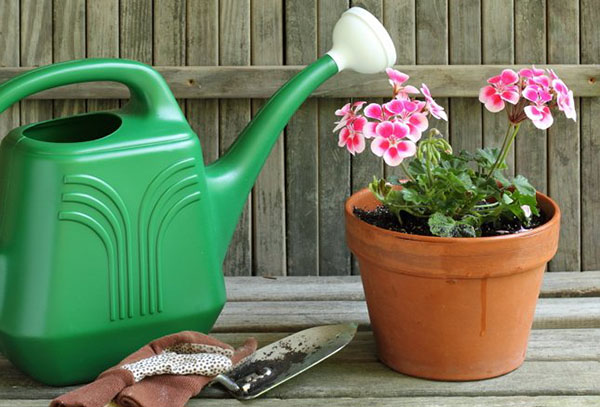
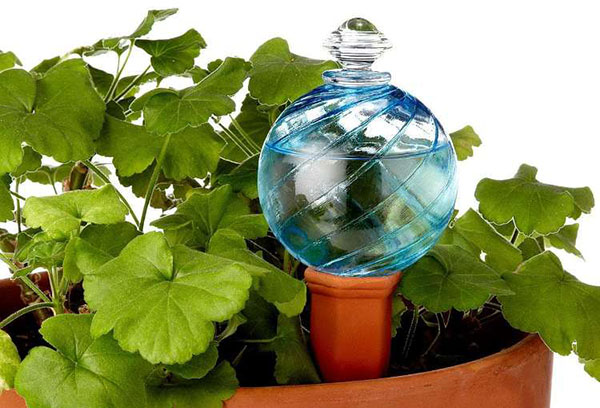
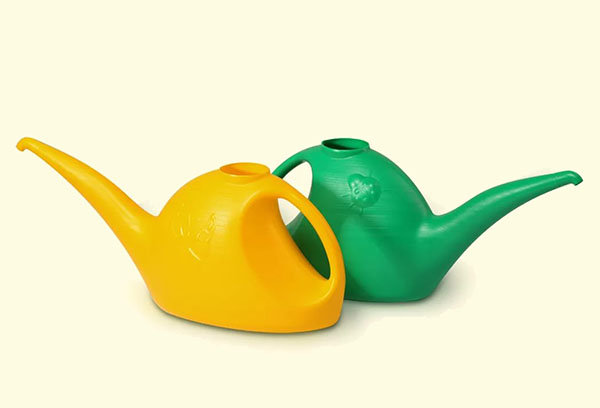
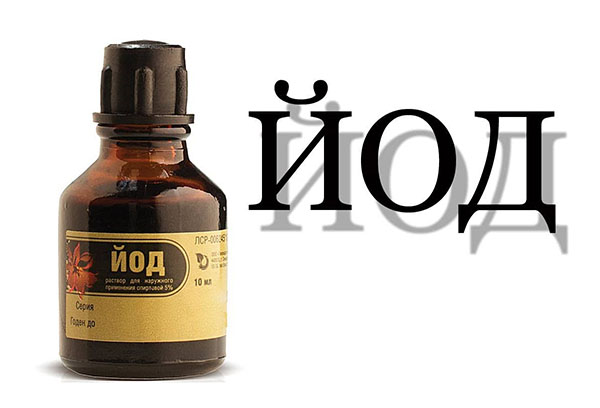
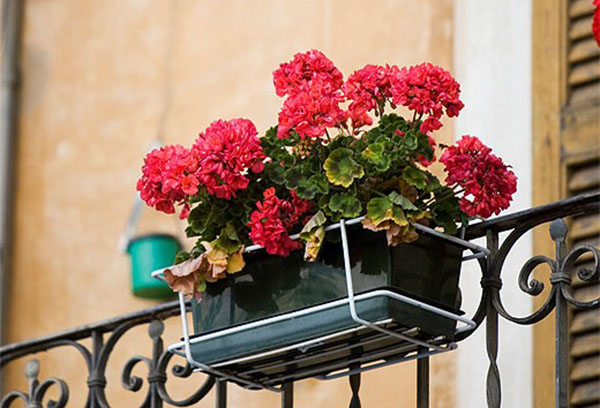
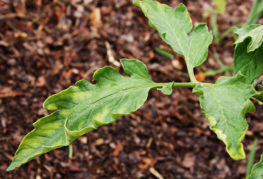
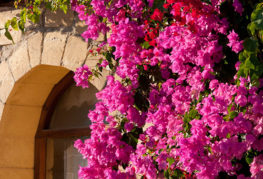
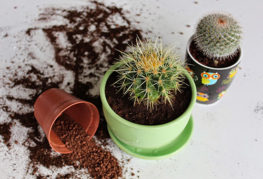
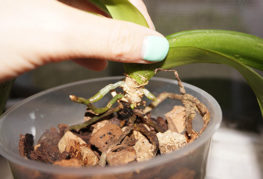
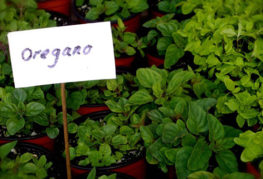
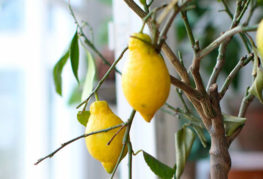
and will be published shortly.